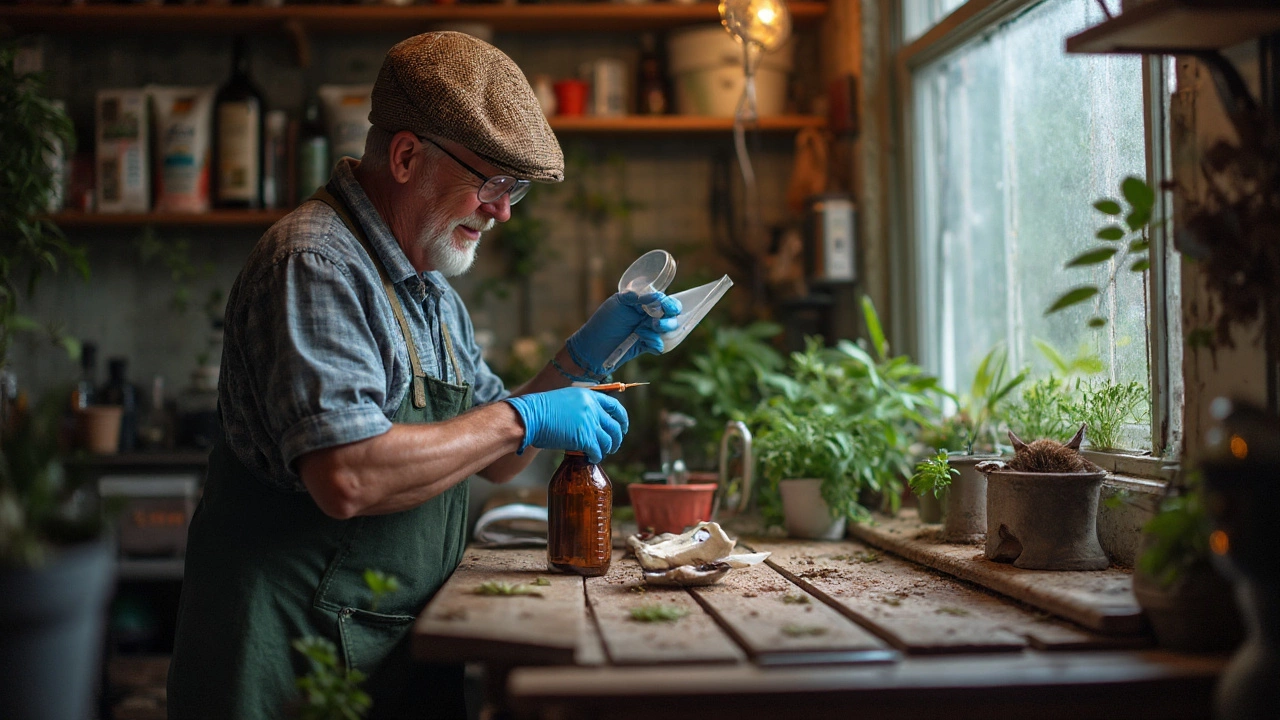Pet Safe Pesticides: Clean Homes Without Harming Your Pets
If you have cats, dogs, or even a rabbit, you want a pest‑free house that won’t poison them. Traditional sprays often contain chemicals that can cause vomiting, skin irritation, or worse. The good news is there are plenty of products and DIY mixes that work on insects while staying safe for pets. Below you’ll get clear guidance on what to look for, which ingredients to avoid, and how to use them properly.
What Makes a Pesticide Pet Safe?
Pet safe doesn’t mean the label is a free‑pass to use any amount you like. It means the active ingredients have been tested and shown to be low‑toxicity for mammals when used as directed. Look for products that list ingredients such as diatomaceous earth, neem oil, pyrethrin (derived from chrysanthemum), or spinosad. These break down quickly and usually cause only mild irritation if a pet licks a small amount.
Avoid anything that mentions organophosphates, carbamates, chlorpyrifos, or synthetic pyrethroids like permethrin. Those chemicals can stay on surfaces for weeks and are linked to serious health problems in pets. Always read the safety data sheet – it will tell you the LD50 (the dose that can be lethal) and whether a product is safe around animals.
Choosing and Using Pet‑Friendly Options
When you shop, pick a product that says “pet safe” or “non‑toxic to mammals.” Brands that market to families often have third‑party certifications from groups like EPA’s Safer Choice. If you’re on a budget, many household items work just as well. Mix a cup of white vinegar with a cup of water and a few drops of essential oil (like peppermint) for a spray that deters ants and spiders.
For outdoor areas, spread diatomaceous earth along baseboards, under decks, or in garden beds. It’s a fine powder that scratches insect exoskeletons but is harmless to dogs and cats. Just keep it dry – when it gets wet it loses effectiveness.
Apply any spray when pets are out of the room. Let the surface dry completely before letting them back in. This usually takes 15‑30 minutes for most liquid formulas. Store all pesticides in a locked cabinet out of reach, even those labeled as pet safe, because misuse can still cause problems.
If you prefer a professional service, ask the cleaning crew specifically about pet‑friendly products. Many companies, like Dandy Fox Cleaning Services, carry EPA‑approved formulas that protect both your home and your animals. A quick phone call can confirm they’ll use the right chemicals and follow safety guidelines.
Remember, the best pest control starts with prevention. Seal cracks, keep food in sealed containers, and vacuum regularly to remove eggs and larvae. A tidy home reduces the need for heavy‑duty chemicals, keeping both bugs and pets at bay.
By choosing the right ingredients, following proper application steps, and keeping an eye on storage, you can enjoy a bug‑free house without worrying about your pets’ health. Stay safe, stay clean, and let your furry friends roam freely.

Eco‑Friendly Pesticides That Work: Safe Options for Home Gardens and Yards
Practical, proven eco-friendly pesticides and how to use them safely. Clear picks, dosages, timing, and pet-safe tips so your garden thrives without harsh chemicals.
Read More